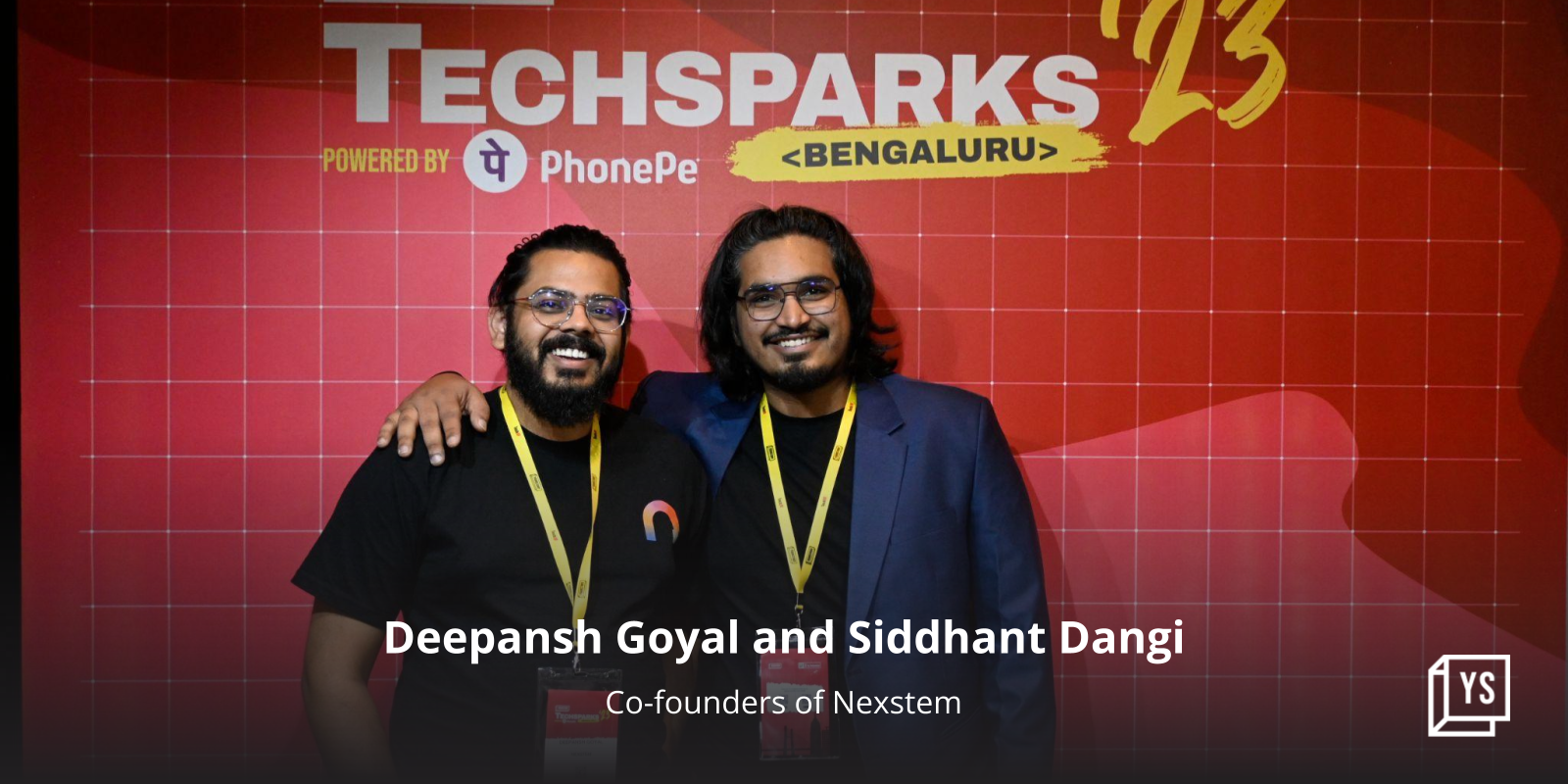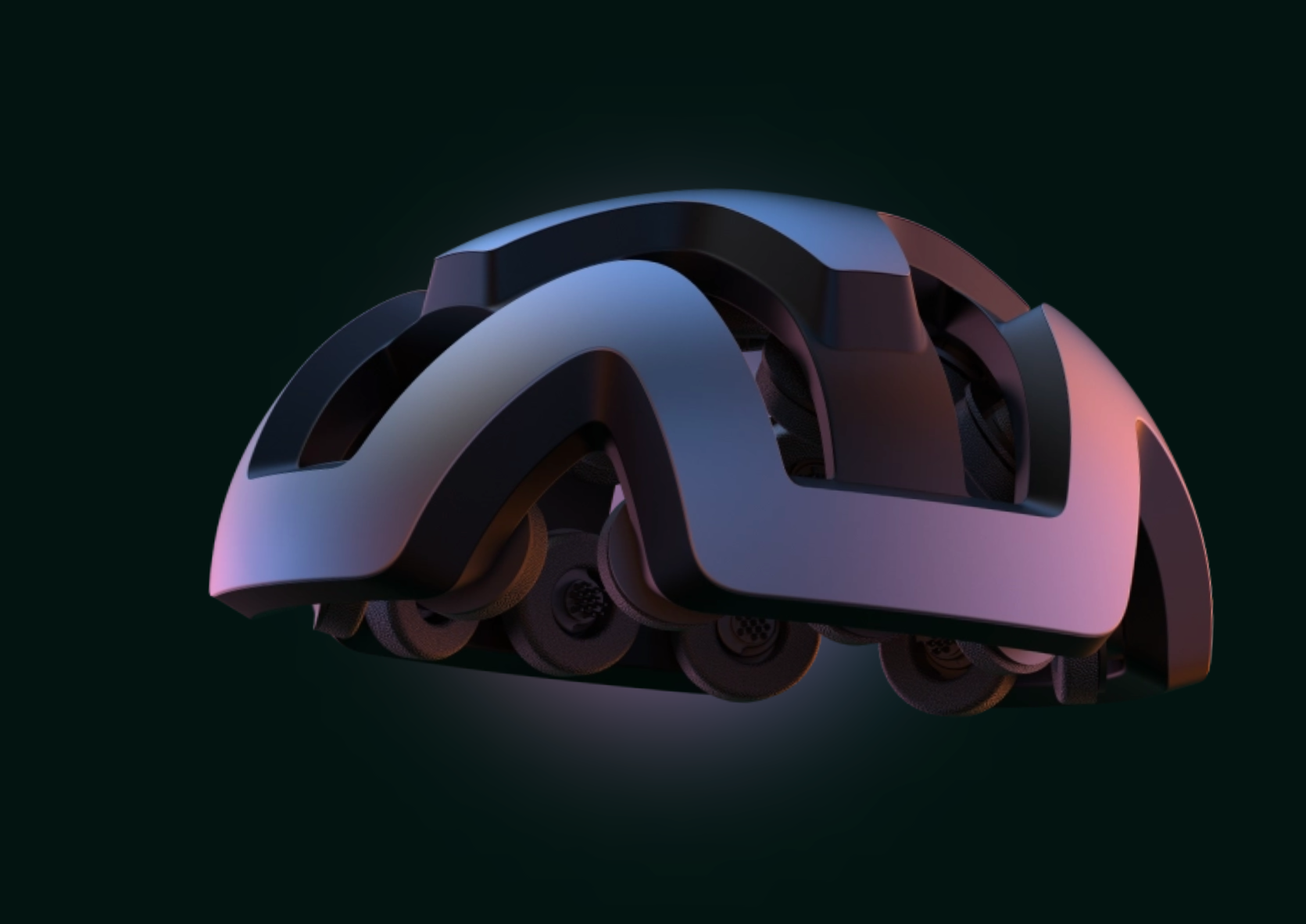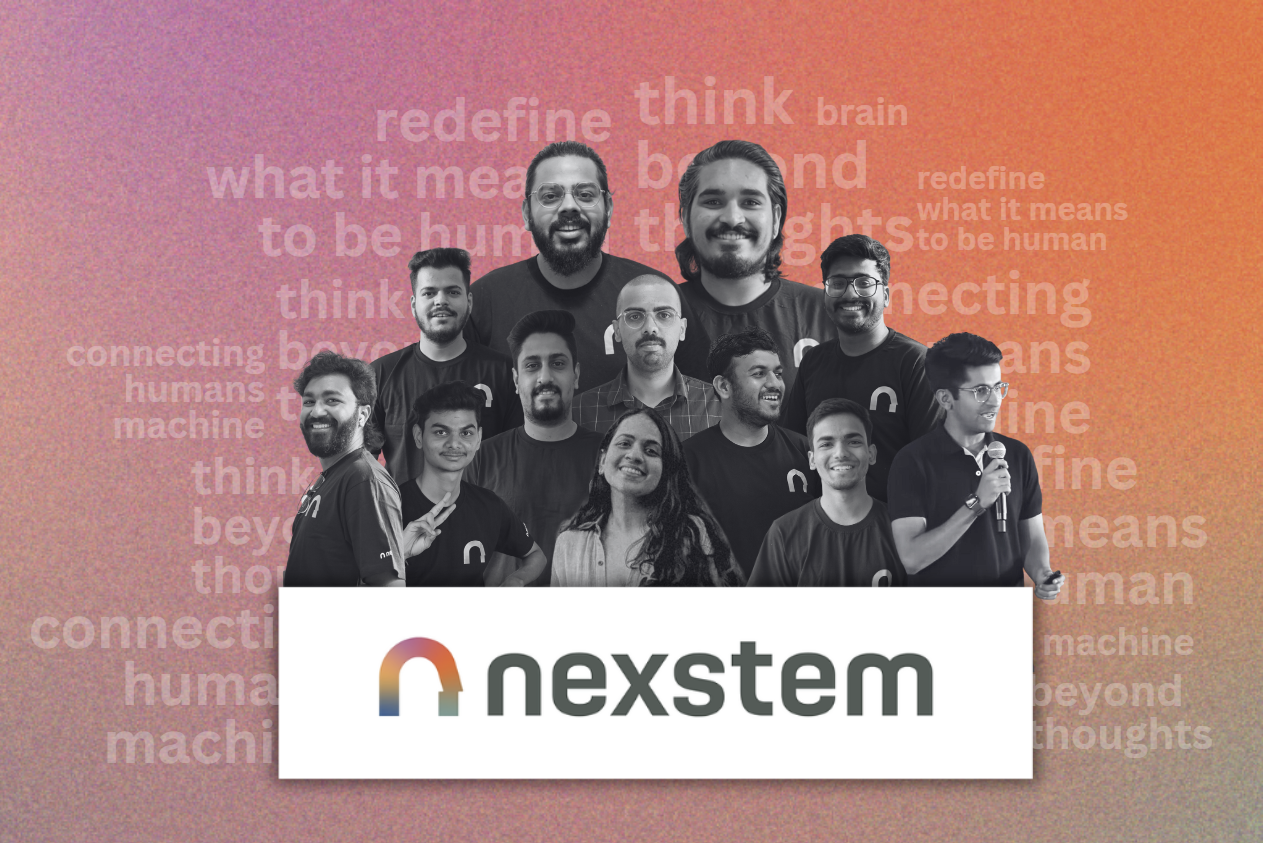
What links medical advancements, gaming thrills, educational innovations, defence strategies, and sports performance? The answer—a non-invasive mind-controlled solution driven by a brain-computer interface (BCI).
In simpler words, BCI enables direct communication between the brain and external devices.
Bengaluru-based deeptech startup Nexstem is developing this technological convergence, tapping into the potential of neural data.
BCI has diverse applications: in the medical field, it could pioneer approaches for neurodegenerative diseases and provide assistive technology for speech impairments, amputations, or mobility disorders. In gaming, the technology can eliminate the need for controllers, and personalise narratives based on player choices. In defence, the technology could refine decision-making.
Nexstem has created what it calls Nexstem Instinct—a suite encompassing an advanced EEG recording headset with adjustable electrodes—which it plans to launch in the first quarter of 2024. The headset has its own operating system.
EEG is a method of recording electrical activity in the brain and is commonly used in BCI systems for monitoring neural signals.
“The brainstem serves as the vital link connecting your brain to your body, positioned just above the spinal cord. We envision the next step—a brainstem connecting your brain to the world, hence the name Nexstem,” explains Co-founder and CTO Deepansh Goyal.
Product and potential
Founded in 2020, Nexstem debuted V1—a non-invasive EEG recording device—in March 2022. Building on this achievement, the startup is currently in the process of creating its next innovation, the V2, slated for launch in the first quarter (Jan-Mar) of 2024.
“For us, V1 wasn’t merely a product; it served as a Proof of Concept. All our V1 customers were universities, allowing us to gather crucial feedback on necessary improvements,” says Siddhant Dangi, Co-founder and CEO of Nexstem.
He explains that V1 operated entirely in the cloud. Through discussions with its customers, Nexstem realised two key aspects: cloud reliance introduces significant latency, making it less suitable for real-time use cases, and for specific scenarios, expecting individuals to have a computer is not feasible.
Nextstem says V2 solves this problem. The headset is equipped with independent computing capabilities. Powered by a Samsung processor, it features eight cores, 8 GB of RAM, 64 GB of storage, and a dedicated 6 TFLOPs AI accelerator tailored for machine learning tasks.
In addition to the headset, Nexstem developed its operating system, offering flexibility for developers and researchers to use any programming language without the need for specific Software Development Kits.
<figure class="image embed" contenteditable="false" data-id="533259" data-url="https://images.yourstory.com/cs/2/d99b1110116911ed9e63f54395117598/NexstemInstinct-1702804722944.png" data-alt="Nexstem Instinct headset" data-caption="
Nexstem Instinct headset. | Image credit: Nexstem
” align=”center”> Nexstem Instinct headset. | Image credit: Nexstem
Growth and future development
The V2 headset is equipped with 19 channels, but it’s understood that not all use cases necessitate such extensive capabilities. For instance, in a virtual reality (VR) scenario, only six channels may be necessary.
Channels, in this context, refer to specific spots on a device that measure or record certain electrical properties.
“In the evolution of human-machine interaction, we [humanity] started with punch cards, progressed through keyboards, mice, and touch screens, and now engage with screens through both touch and voice commands. However, the imminent future lies in brain-machine interaction, with size being the primary hindrance,” Dangi elaborates.
Addressing this challenge, Nexstem’s goal is to miniaturise components, paving the way for the next frontier in human-machine interaction.
Nexstem’s plan involves miniaturising its innovation and electronics into a single chip. This will allow it to offer companies the flexibility to tailor their headset specifications—whether they need 19 channels or just six—by providing a dedicated chip for their specific requirements.
Because the semiconductor route will take time, and as that progresses, Nexstem also aims to complete “the loop”. At present, the platform adeptly handles processed data, and Dangi envisions the potential when it will not only analyse collected data but also have the capability to transmit information directly to the brain—completing the loop.
“Consider this scenario: When you experience happiness, it’s due to serotonin. What if I could induce the release of serotonin in your brain, bypassing the reliance on internal stimuli? By sending specific electrical pulses externally, the brain could be stimulated to release serotonin,” explains Dangi.
Goyal further adds, “With our current V2, we capture EEG signals and use this information to classify segments into various components. For example, we can identify distinct patterns associated with emotions like happiness. Moving forward, as we introduce the tACS component, our aim is to replicate the electric field corresponding to happiness in the brain.”
tACS, or transcranial Alternating Current Stimulation, is a non-invasive technique that involves applying a low electrical current to the scalp to modulate neural activity in the brain.
The duo said that the firm is focused on two key initiatives: closing the loop and miniaturisation—consolidating analogue circuits into a thumbnail-sized chip while maintaining functionality.
The loop-closing work is set to begin in 8-9 months, with an estimated completion time of two years. The chip is projected to be ready in the next 24 to 30 months.
During the next 8-9 months, the startup will concentrate on enhancing and stabilising its V2 system.
Business prospects
“We see the potential to transform our V2 into a cash cow through dedicated time and effort. This would enable continuous, profitable operations, allowing us to allocate investment funds exclusively for further advancements,” Dangi notes.
V2 or Nexstem Instinct’s beta version is priced at $1,800, while the release version costs $2,500. It is now open for pre-orders at $300 on Nexstem’s website. It has received about 653 bookings, generating approximately $2.2 million in revenue. The startup expects to achieve profitability upon fulfilling all orders.
In FY24, the startup expects a revenue of $4.2 million with a profit of $2.6 million, compared to a revenue of approximately $65,000 in FY23.
According to the duo, V2 customers are diverse, including 40% from universities, and another 40% from startups and companies with collaborations in gaming, neurofeedback, and mental health. The remaining 20% are from tech enthusiasts, college students, and research doctors.
Nexstem also plans to launch a cloud infrastructure, enabling the creation and sharing of machine learning models. This cloud integration, launching in the first quarter, addresses storage limitations in the headset and enhances B2B services for various speed and storage needs.
Alongside the cloud service, the startup will offer a $1,000 annual subscription for the software stack that covers all updates and includes the replacement of all electrodes.
<figure class="image embed" contenteditable="false" data-id="533260" data-url="https://images.yourstory.com/cs/2/d99b1110116911ed9e63f54395117598/Screenshot2023-11-09112900-1702804821224.png" data-alt="Nexstem team" data-caption="
Nexstem team. | Image credit: Nexstem
” align=”center”> Nexstem team. | Image credit: Nexstem
Funding and expansion plans
NexStem has wrapped up two funding rounds, securing $1.6 million in pre-seed funding. The initial round included $140,000 from BITS alumni, followed by a subsequent round with support from various angels, Info Edge, and Smile Group. The startup is currently in the midst of an ongoing seed round.
“Our initial fundraising target was $3.5 million. The exposure gained at Tech30, along with connections to new investors and individuals, enabled us to expand our financial buffer and make it a $5 million round,” Dangi says, adding that the firm hopes to secure all the funding for this round by March next year.
About $1 million of the $5 million fund will be allocated for establishing the production line, marketing, and customer support for V2, while $3 million is designated for closing the loop and miniaturisation, and $1 million will be set aside as a safety net for unforeseen expenses or hiring exceptional talent, Goyal explains.
The team consists of nine members, all of whom were involved in the development of V2. Nexstem plans to expand the team from 9 to 18 within the next 6-7 months.
In 2024, Nexstem’s primary business focus will be on the US, Canada, and Germany, which constitute about 99% of its orders due to favourable tech adaptability and market dynamics. While it doesn’t restrict purchases from other countries, its direct support and offices are in the US and India.
“We plan to expand into European and Australian markets before considering a more extensive presence in Asia,” the duo say, adding that significant developments in the Indian medical sector are expected in 2025.




![Read more about the article [Funding alert] Food ingredient startup Proeon raises Rs 17.5 Cr in seed round](https://blog.digitalsevaa.com/wp-content/uploads/2021/09/Imageiu4y-1631000827484-300x150.jpg)




![Read more about the article [Startup Bharat] How Chandigarh is carving its own success story as an innovation hub](https://blog.digitalsevaa.com/wp-content/uploads/2021/07/SB-1627407906795-300x150.png)
